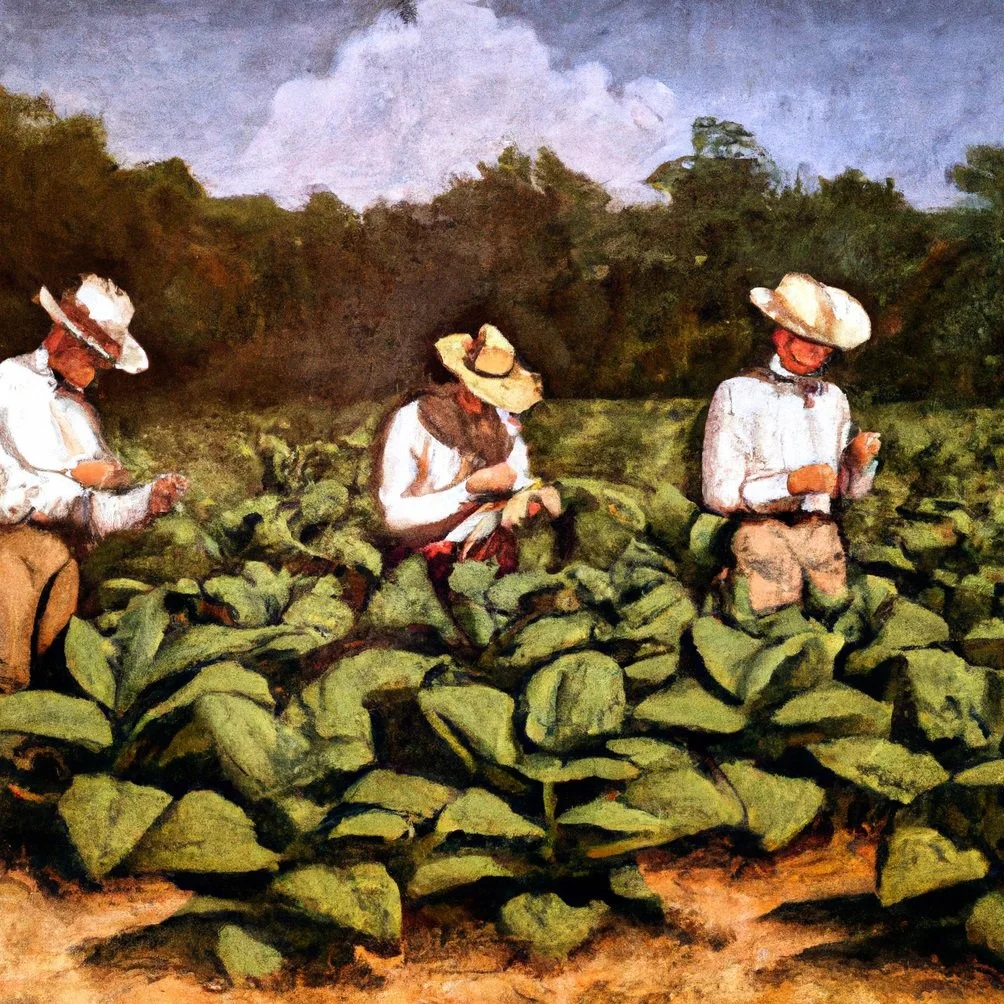FAQs
-
Tobacco of Indian origin is highly sought after due to its unique flavor and aroma characteristics. One of the reasons for this is that tobacco in India is cultivated in a variety of soils, climates, and practices, which allows for the production of a wide range of tobacco types with different characteristics available all around the year. The diverse growing conditions in India also contribute to the distinct flavors and aromas of Indian tobacco. Additionally, the tobacco industry in India has a long history and tradition of producing high-quality tobacco, and Indian tobacco is known for its consistently excellent quality. Overall, the combination of diverse growing conditions, a rich history of tobacco cultivation, and a dedication to producing high-quality tobacco makes Indian tobacco a preferred choice among tobacco producers around the world.
-
Curing is the process of drying and preserving tobacco leaves after they have been harvested. It is an important step in the production of tobacco products, as it helps to reduce the moisture content of the leaves, improve their flavor, and increase their shelf life. There are several methods of curing tobacco, including air-curing, flue-curing, and sun-curing. Air-curing involves drying the tobacco leaves at ambient temperature and humidity, while flue-curing involves exposing the leaves to heat and controlled levels of humidity. Sun-curing involves drying the tobacco leaves in the sun or under controlled conditions that simulate sunlight. Each curing method produces tobacco with unique flavor and aroma characteristics.
-
A: The sensory properties of leaf tobacco, such as aroma, flavor, and odor, are important factors in determining consumer acceptance of these products.
-
A: The primary chemical reactions involved in tobacco aroma formation include degradation of carbohydrates, degradation of chlorogenic acid, degradation of proteins, Maillard reaction, Strecker degradation, and caramelization reactions, among others.
-
A: Tobacco contains various carbohydrates, which make up more than 30% of the weight of blended cigarettes. These carbohydrates come in the form of polysaccharides such as cellulose, pectin, and starch, as well as mono- or disaccharides like fructose, glucose, and sucrose. Mono-saccharides are known as reducing sugars because they can tautomerize and isomerize when dissolved in water, while sucrose is not a reducing sugar. The sugars found in tobacco are created during the early stages of the curing process through the hydrolysis of starch using enzymes. During the air-curing process, tobacco leaves are dried at room temperature, which leads to low sugar levels due to the slow metabolism of sugars through enzymatic processes. In contrast, flue-curing and sun-curing involve higher temperatures that inhibit sugar metabolism but increase sugar content through the degradation of starch. The sugar content in different types of tobacco has been reported to be 8-30% in flue-cured Virginia, 10-20% in sun-cured Oriental tobacco, and less than 0.2% in air-cured Burley. The starch content in flue-cured tobacco is 5.5%, while the starch content in air-cured tobacco is near zero.
-
When looking for a reliable supplier of leaf tobacco, it is important to consider a number of factors to ensure that you are getting the best product for your needs. Elite Leaf Tobacco Company, which has a reputation for being a knowledgeable and credible supplier of leaf tobacco. With a long history in the tobacco industry, Elite Leaf Tobacco Company has a wide range of experience and expertise that can help you find the right tobacco for your specific needs. Additionally, the company has a price competitive approach, which means that they work to provide high-quality tobacco at competitive prices. Overall, Elite Leaf Tobacco Company is a reliable and trustworthy option when it comes to sourcing leaf tobacco.




